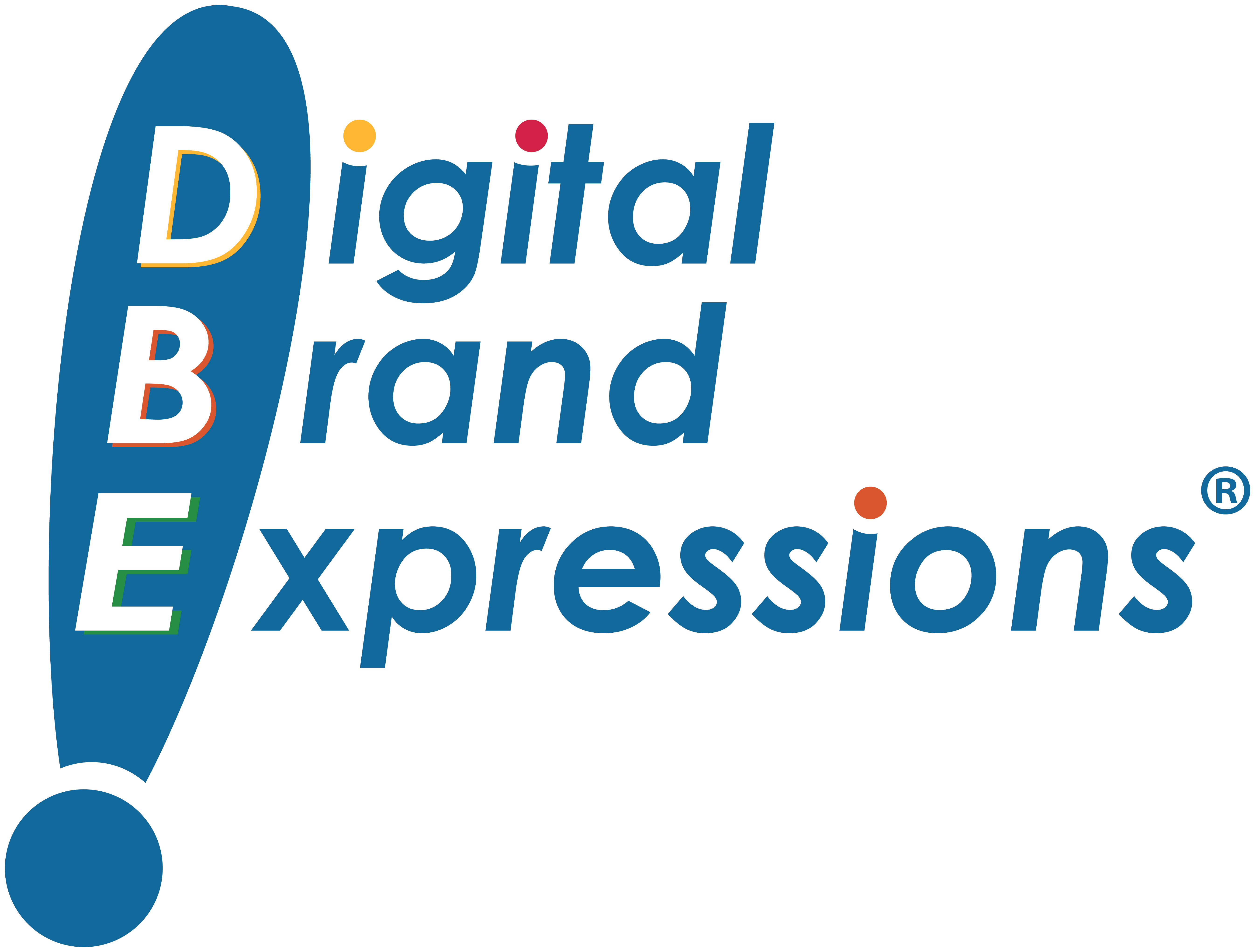By Maggie Landis
Digital marketing initiatives are so measurable that companies often ask that we show how each channel will prove its own ROI. While establishing metrics and goals for channels is a good practice, these numbers should not be the only view of a marketing initiative’s success.
As marketers, we’ve all had the experience of asking a prospect where they heard about us and gotten the response, “I heard it on the radio” when no radio ads were running. This example points to a human phenomenon: we’re not always sure what influence triggered our action.
People are inundated by a tremendous number of messages every day, from all kinds of influences, via many types of media. According to Shari Worthington, President of Telesian Technology Inc., “Our senses are bombarded with over 11 million bits of data every SECOND. The average person’s working memory can handle 40-50 bits, max.”
With that many messages being ignored every day, the old industry rule of thumb ”it takes seven touches before a prospect takes action,” needs revisiting. I’ve seen updated numbers of 11, 14, even 20 touches. Think about it: A person must receive a message at least 11 times for the messages to collectively resonate enough to drive an action!
And even then, it is highly unlikely that all 11 touches will come from one source. To fully consider this business case, picture this scenario:
- Your prospect is looking for a product
- She searches online, clicks on three different results from the Search Engine Results Page (SERP)
- Visits your website, then bounces
- Later that day, she’s served your remarketing ad, she clicks, arrives at an offer landing page on your site, still doesn’t convert
- Next day, your prospect remembers something about the product she wanted
- She searches again, is served the organic result and a paid search ad on one SERP, clicks on the ad, arrives on your site, and purchases your product
A Purchase Decision Journey
“The path to purchase is no longer linear,” says Winston Burton of Search Engine Land.
In this situation, the actual conversion came from that click on the Paid Search ad. So is Paid Search the source of the lead? Google Analytics uses “Last Click Attribution,” which credits that last click – in this case, Paid Search – for the conversion. Does that mean the others get zero points because the prospect did not convert? Are the other channels not as good? Should you put less budget toward the other channels because they are not delivering leads or sales?
The simple answer is that all the channels contributed, and all are important at some point in the purchase decision journey.
“The path to purchase is no longer linear,” says columnist Winston Burton in SearchEngineLand. He explains we can’t predict where the prospect will enter the purchase decision journey, how many stops they’ll make, and what will actually trigger the purchase action.
And even if we think we know the correct answer today, the digital landscape is so dynamic that what’s working today may change by tomorrow. Think about some of the recent changes we’ve seen, and their impact:
- Mobile screens usually show only paid search results above the fold – prospects may not even get to the organic results
- Ad blockers divert the prospect on their decision journey
- Knowledge Graph results may end the decision journey altogether if the prospect finds the answer they are looking from Google before getting to your website
Between the fragmented path to purchase and the many changes occurring so rapidly in the digital space, marketers can’t count on one channel to deliver all the results. And marketers should not rely too heavily on metrics per channel, even if they tell an isolated success story. There’s a strong rationale for a robust, integrated marketing program to attract and influence prospects during their decision journey.
When all the channels are in sync, delivering similar messages whenever the prospect arrives at whichever touchpoint, whether it’s Influence #3 or Action at Touchpoint 11 …or 14 …or 20 – that’s when the Integrated Marketing program works.



